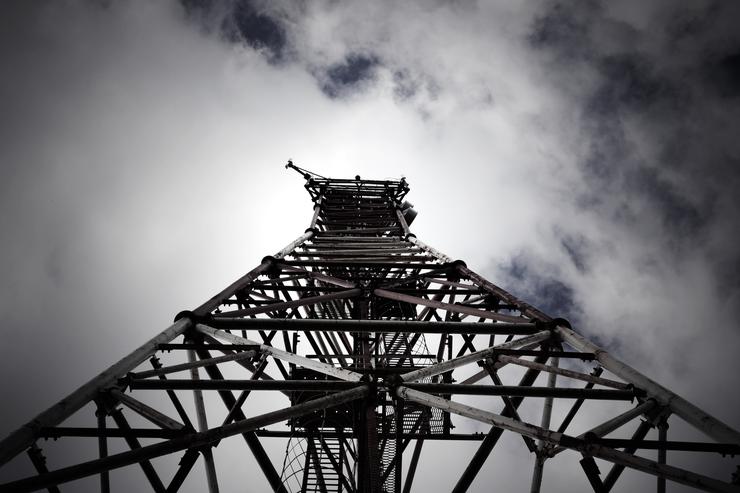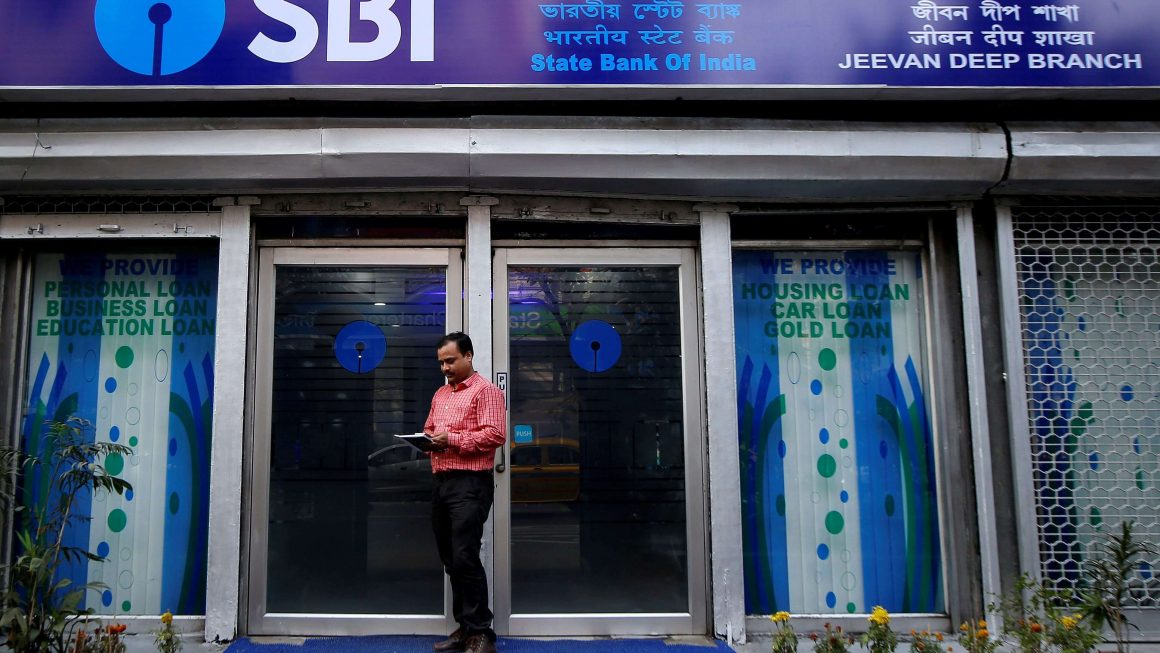NEW DELHI: Broadband India Forum (BIF), a think tank for Digital Transformation today said that the quantum of 5G spectrum that has been allocated for the upcoming 5G spectrum auctions is not enough for a country of India’s size and density.
The amount of 5G spectrum as recommended by TRAI at 175 MHz is less than one-third of US. Additionally, the present 5G Reserve Price (3.5 GHz band) at Rs 492 crore/MHz is also significantly in deviation with international norms. In absolute terms, the recommended reserve auction price is 5 to 6 times higher than other countries. Both these problems pose a significant challenge to the efficient and effective 5G uptake in the country going forward.
This is in context of the upcoming spectrum auctions by DoT in the 700 MHz, 800 MHz, 900 MHz, 1800 MHz, 2100 MHz, 2300 MHz, 2500 MHz, 3300-3400 MHz and 3400-3600 MHz bands. BIF believes that 5G spectrum pricing is very crucial and will define the success of the upcoming auctions. 5G’s massive capacity makes it stand out as compared to other technologies.
Highlighting this issue, TV Ramachandran, President Broadband India Forum said, “It is important to note that spectrum price in India is the single most important factor that can translate the auction into success or failure. Under such a serious situation, mere price adjustments would not suffice, and one needs a radical review of the price valuation fundamentals. This assumes significance importance in the context of the upcoming 5G spectrum auctions. It is important that we consider learnings from the past and recalibrate the 5G auctions in a manner that sets reserve prices reasonably low to facilitate maximum auction participation and maximise the sale of spectrum so that an optimal combination of both direct and indirect benefits is realized.”
BIF believes that some of the fundamental issues facing the telecom industry are yet to be addressed by TRAI in this context. This includes the following issues:
· No real discovery of market price in past auctions
· Reserve Prices have been rising continuously
· TRAI Methodology of calculating Reserve Price does not rely much on fresh valuation
· Basis of valuation models not explained
· 700 MHz price: calculation error and outlier effect
· 5G reserve price too high and way out of international norms
It should be noted that even the Indian Council for Research on International Economic Relations’ (ICRIER) independent report has concluded that TRAI recommendations and the auction design/rules need to be reviewed.
Economic Losses Due to Unsold Spectrum
BIF also highlighted that as a result of high reserve prices in previous auctions, India has incurred approximately Rs 5.4 lakh crores (around US$ 756 Billion) in economic losses since 2010. This is an outcome of every unsuccessful mobile spectrum auction that has had severe implications not only in terms of spectrum remaining unsold but also in terms of valuable economic benefit lost as a result of this unsold spectrum remaining idle.
In the last auctions held in October 2016, which was India’s largest spectrum sale, more than 1300 MHz of radio spectrum (approximately 59%) remained unsold, leading to significant unrealized potential. Taking all the six auctions held since 2010 together, only about 60% has been sold. Adopting a conservative approach, India had 762 million active mobile connections in 2016 served by over 3800 MHz of spectrum allocated to licensees. This indicates that the idle spectrum with government could enable connectivity for roughly 278 million additional active connections. 278 million active connections correspond to 21% of the total Indian population. If 10% increase in tele-density leads to an increase of 1.9% in GDP (applying the results of the ICRIER economic impact study), the financial cost of this idle spectrum can then be estimated to be Rs 5.40 lakh crores, or over 160% of the financial benefit of Rs 3.30 lakh crores from all spectrum auctions so far.
The socio-economic relevance of the technology and of such a figure is significant, especially for developing nations such as India. It is also important to take note that this estimated increase in national GDP is over and above the increase that accrues to the national exchequer in exchange for the rights to use radio spectrum. Due to our very high reserve prices in past auctions, we have accumulated huge unsold spectrum and thereby lost to the nation and the public as much as Rs 5.40 lakh crores and consumers have lost out on quality of services.
Economic Value Lost Due to Spectrum Lying Idle
| Item | Amount |
| Tele-density gain as a percentage of total population | 21% |
| Economic Impact of spectrum lost as a % of GDP | 3.95% |
| Economic value loss when applied to GDP | ₹ 5.4 lakh Crores |
Stakeholders need to review the current situation with regards to spectrum auctions not just in the context of pricing but also availability. India requires more spectrum to support surging data traffic (India now has the highest data traffic in the world) but has one of the lowest allocations in the world. Many developed nations across the world have assigned spectral resources far in excess of the quantum that is available to Indian operators.
India has 185 MHz of spectrum, much far behind 370 MHz in the United States, 296 MHz in France and 260 MHz in China. For a country with a large population, highly inadequate fixed line connectivity and rapidly growing mobile usage, this is an enormous problem that constrains the coverage as well as quality of services.


